Is 720p Gaming Still Relevant?
Ever since the introduction of the PlayStation 4 Pro and Xbox One X, marketing for 4K gaming has been on the rise, exponentially in fact. Not that 4k gaming did not exist before that, it did, for PC gamers at least, and was a thing for only those with deep pockets, very deep pockets.
Even at the time, the experience wasn’t as good since hardware capabilities couldn’t offer a very smooth experience. Today, things are different, some people can actually game comfortably in 4k.
The marketing behind 4k gaming has been somewhat successful recently and is slowly becoming a thing of the norm for many. With this occurring in the background, there are a lot of questions for people who haven’t experienced this new fancy suit of gaming.
On one end people are satisfied with their setup, it gets the job done. On another end, the barrier of entry might still be too high. Another group doesn’t believe 4K gaming is here yet. Regardless, there are people who still game at 720p and want to know if an upgrade is really worth it.
What do all these resolutions mean?
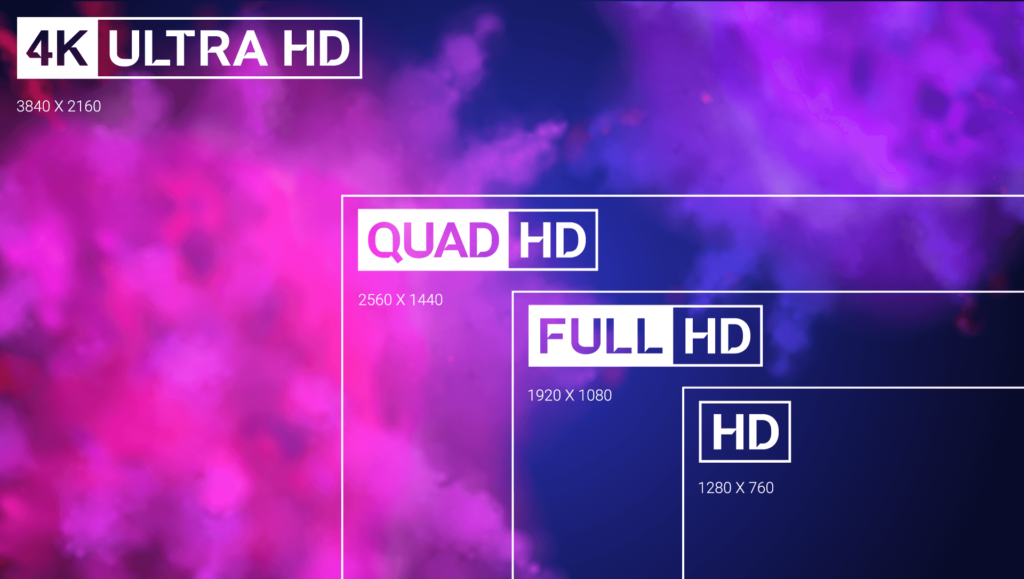
There are four main resolutions for gaming today, 720p, 1080p, 1440p and 2160p (commonly called 4k). There’s also 8k, but let’s face it, that’s just marketing, we’re barely at 4k being mainstream, let alone 8k.
720p and 1080p are generally regarded as high definition (HD). It is commonly seen as the entry point for any form of visual delight. While 720p is regarded as standard HD, 1080p is full HD, 1440p is called quad HD, and 4k ultra HD.
A display with a 720p resolution means it has 1280 x 720 pixels, that is, there are 1280 columns of pixels and 720 rows of pixels. This translates to 921,600 pixels for a 720p display. A 1080p resolution has 1920 x 1080 resolution which means it has a total of 2,073,600 pixels which is more than twice the number of pixels on a 720p display. 1440p is 2560 x 1440p with a pixel count of 3,686,400.
The holy grail of gaming, 4k has a resolution of 3840 x 2160 which translates to a whopping pixel count of 8,294,400. This is literally four times the total number of pixels on a 1080p screen.
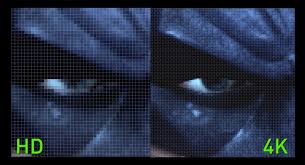
But what do all these mean and how do they matter? There are two main things that influence the gaming experience, one is the visual appeal and the other is the smoothness of gameplay. The visual appeal includes the resolution and the in-game candy (settings such as textures, shadows, etc.) Assuming you had all the eye candy turned all the way up, the resolution would be the deciding factor.
The other feature, smoothness of gameplay, is tied to the frames per second which is basically how many frames the game churns out to the display in one second. The higher the frame rate, the smoother the motion to the eyes and the more responsive your game input is to you.

The higher you go up the resolution ladder, the harder it is to get playable frame rates. To play at full HD, you would need twice the horsepower you would need to play at 720p, and play 4k, you would need four times that of 1080p as well. As easy as this sounds, it’s taken years of engineering to get graphics cards that do this and like all things beautiful, they can cost a fortune.
So for the vast majority of gamers still playing on HD displays (according to the recent steam data), even at 720p, you don’t need rocket science to find out that cost plays an important role in why people have not made the move to a higher resolution. But however, some are ready to make the shift from 720p to 1080p, and even if the cost wasn’t that big of a deal, could you really spot the difference?
720p vs 1080p: Can you really spot the difference
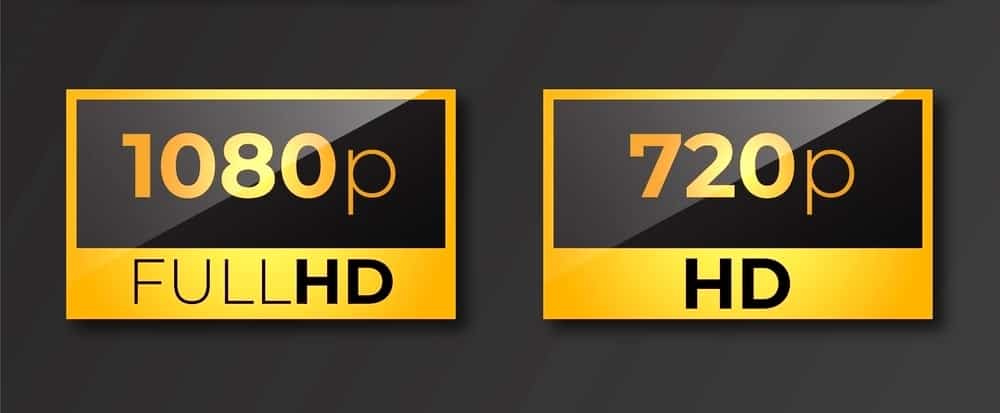
The short answer? Yes. More than two times the pixel number means it will definitely look better. However, the story is not complete. It’s a matter of size and distance. What do I mean by this? Well, the space occupied by the pixels determines how sharp an image will look, and this difference in sharpness can be noticed depending on how far you sit from the screen.
Imagine those old televisions, up to 55 inches in size or even more, that came with 720p or even 1080p resolutions. At the time, they looked beautiful, but enter any television store today and look at a 4k television of the same size and you would immediately see the difference. On a bigger screen, the HD image looks pixelated compared to the 4k image.
This is the same with monitors and laptops. If you played games on a laptop of 13.3 or 15.6 inches with a resolution of 1366 x 768, you’re effectively playing on a 720p display, albeit slightly higher. Connect the display to a larger television with the same resolution and you would immediately notice how much worse it looks on the television especially if you sit very close to the television.
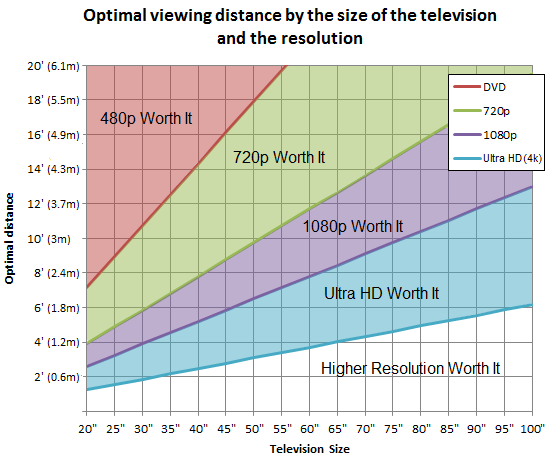
However, if you begin to move a couple of feet away from the television, the pixelated image starts to appear better and at a point, you may not be able to tell the difference. So the closer you are to a display, the easier it is to see the individual pixels. This is the reason why phones have such insane resolutions with such small screens because we use our phones in very close proximity to our faces and it would look very bad if they had lower resolutions.
If you played a game on a 720p resolution screen with a 13.3-inch and 15.6-inch laptop, you would notice that the game looks better at 13.3 inches because of the smaller screen size. How about if you played the same game on a 1080p 15.6-inch laptop, would you notice the difference, and even if you did, would it be that different? Yes, you would and it would be significantly different.
The sheer amount of pixels available on a 1080p screen is so much higher than that of 720p that even the smaller display size of the 13.3 inches would not be enough to compare. But should you really be concerned about how the game looks or how good it plays?
What is more important, frames per second vs resolution
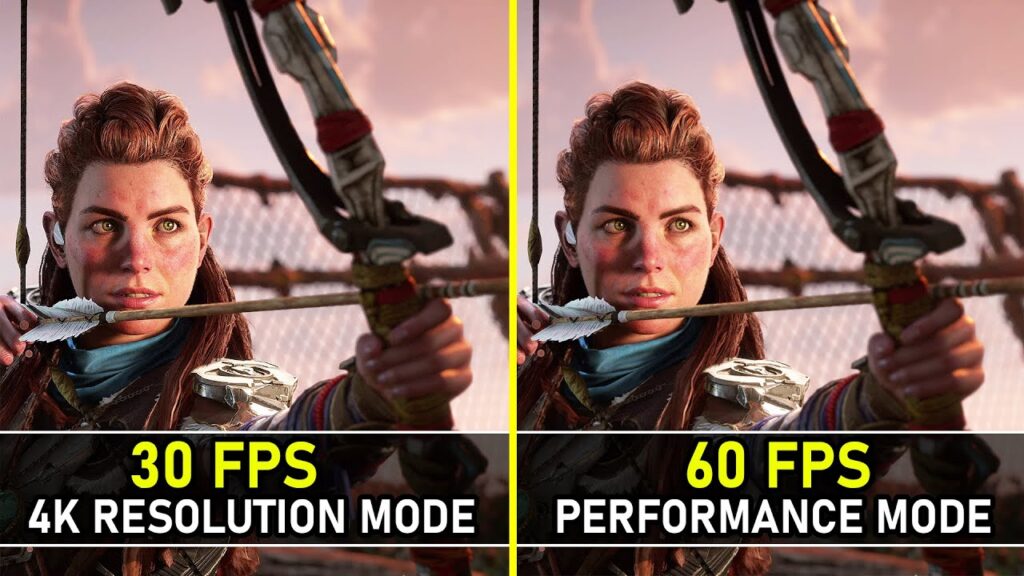
This is an age-long debate that has existed primarily because of the 4k vs 1080p party. Both the resolution and the frames per second impact the gaming experience, but which one contributes to it more?
To answer this, the minimum acceptable fps should be stated. At a time, this would be 30fps. This was due to the fact that virtually all console games were mastered at 30fps and that was playable for most games and acceptable to most people. It still is today, however, even console games have shifted to 60fps as the stated norm with some games being playable at up to 120fps.
The acceptable fps are also determined by the type of game. Story-based cinematic games like the Uncharted series could pass with 30fps, however fast based shooter games like the Call of Duty series look and play horribly at 30fps. A minimum of 60fps is usually targeted for those games, and even in today’s world, 60fps is not acceptable for some, especially those that like to get competitive.
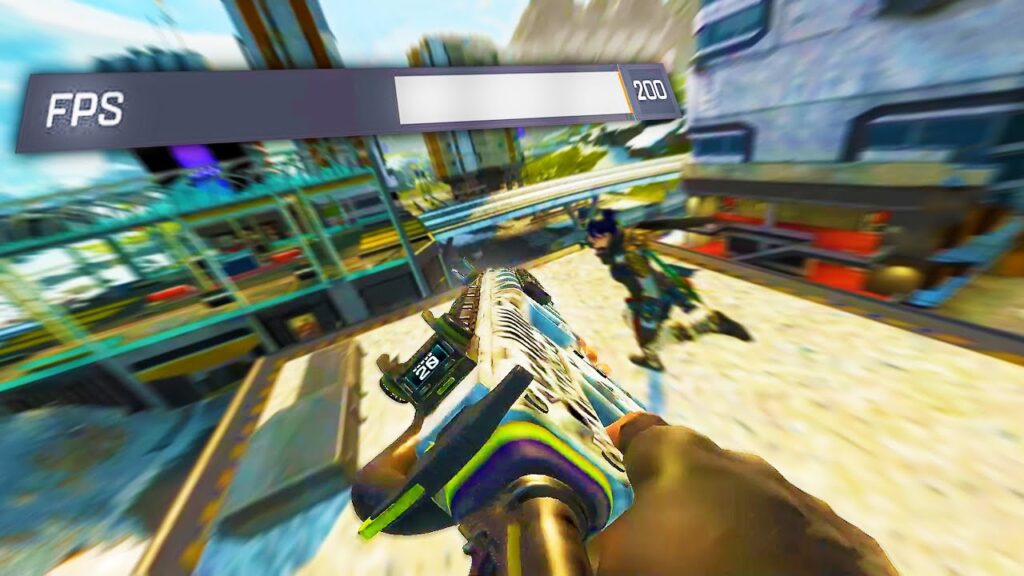
Regardless of the type of game, all games look and feel better with higher fps. Everybody agrees to this, however, the disparity exists in what is acceptable to each person as a minimum for gameplay.
Some people are okay if they play a cinematic game at 30fps and are very much ready to up the resolution and visual settings at the expense of more fps as long as it’s locked to 30fps. These types of people readily switch to a higher resolution and are usually the 4k fanboys.
Some other groups of people will not be able to play a game if it is less than 60fps. Fluidity is too important to them and they are ready to forgo higher resolutions and settings if the game can play very smooth at higher frames with their inputs coming in fast and not being sluggish.
A good number of people are still playing at 720p today, and even 1080p falls into that latter group. Of course, the cost of graphics cards and a better rig is a factor, but if it isn’t broken, don’t fix it right? I know people with an RTX 2080 that still play on a 1080p screen since they want to be future-proofed and have all their games play higher than 100 fps with all the settings cranked up. So yeah, higher fps is a huge deal for some.
And they’re not wrong. There is an adaptive effect that goes on when you play a game, cinematic or not. The first time you load it up, if it’s on a higher resolution screen, you’ll usually be blown away by how beautiful it looks. This will usually last for a while until you’re fully invested in the gameplay and the visuals aren’t as stunning as it was at first.
Of course, you’ll stop from time to time and be like, ‘yeah, this is a beautiful game’ but then you continue the game, and the fluidity of all the actions and your input takes over for the experience.
So yeah, frames are better than resolution for the gaming experience, but does that mean you have to play on a much lower resolution? In the past, maybe, but today, not at all. A lot goes into the visual aspect of gaming as we try to make games more lifelike looking that you miss a lot by playing on a lower resolution.
For example, there are games that look like new games at 4k, you tend to see details that you would never see at a lower resolution. There are also games that only look right at 4k. I remember playing Shadow of the tomb raider on my laptop with a 1080p screen and couldn’t get over how weird some of the vegetation looked even at max settings.
I thought the game was bad in that regard. The models looked stunning, but the vegetation was not beautiful until I tried it on a 4k screen, and lo and behold, I was blown by how beautiful and natural it looked.
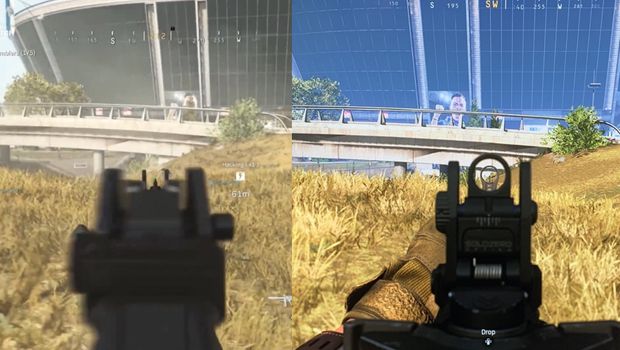
How about battle royal games like warzone where you tend to see enemies in the distance better at a higher resolution? It is the one type of game where a higher resolution is just as important to the gaming experience. So yeah, if you’re still playing at 720p, you should definitely think about upgrading.
Should you upgrade to 1080p or go straight to 4k

Well, it depends on a couple of things, the main factor being cost. Upgrading to 1080p is not as costly as it once was. In fact, 1080p monitors and laptops are much cheaper these days. You also do not need to buy a very expensive graphics card to a game at 1080p.
Graphics cards today have gotten so powerful that the entry tier will do modern games at 1080p with very high frame rates. And since the bump in resolution is very significant, you’ll enjoy a beautiful display as well.
If you feel you’ve got much more to spend and want the best visual experience available, then opt for 4k. However, 4k is expensive, and this is not just the cost of the display or even the graphics card needed to run it, but it is expensive to maintain.
Gaming at 4k while more accessible today is still a premium experience especially when you want to do it on the highest graphics fidelity. You’ll also have to deal with much lower frame rates, especially with newer titles, like much lower than what you would get with the same rig on say a 1440p or 1080p display.
If you still want to game at 4k and don’t want to sell a kidney, then you can opt for a console. The PlayStation 5 and Xbox series x natively support 4k gaming at 60fps and even 120fps in some games and are much cheaper than building a rig for 4k gaming. You’ll have to fork out some cash for a suitable television, but then that’ll also serve other roles.
If you insist on playing on pc and want to go higher than 1080p but don’t have the cash for 4k and want to play with a higher fps, then 1440p is a decent choice. 1440p looks so much better than 1080p but the difference is not as much as that of 720p and 1080p. More people are moving over to 1440p since today’s graphics cards can easily do 120fps on 1440p at high settings on modern games while looking stunning.
Final thoughts-Should You Upgrade From 720p Gaming
Gaming has come a long way, from 4K 30fps being almost impossible to 4K 120fps being achievable. Despite this, the majority of gamers still play in HD, meaning cost is still a factor.
While 1080p is commonly seen as the standard, 720p is still acceptable for some, especially when they don’t think there is a big enough difference to justify the switch. However, there is, and the difference is quite significant. It is also cheaper to move to 1080p than it was years back, and as a result, people should try to upgrade. Some games will certainly feel new to you.


2 comments
Comments are closed.